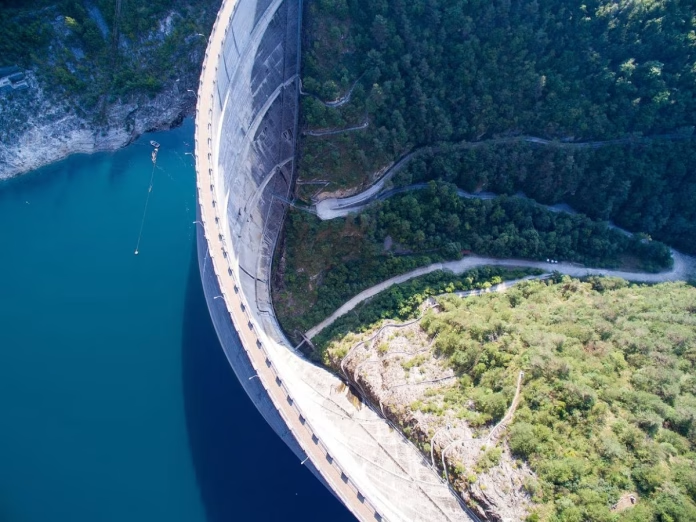China has started construction of a massive dam on the Yarlung Tsangpo River in southeastern Tibet. This dam, part of a $167.1 billion hydropower project with five stations, sits near the border with India where the river is known as the Brahmaputra. Chinese Premier Li Qiang attended the groundbreaking ceremony, according to state media.
The Chinese government approved the dam in December 2023. It is being built in the Nyingchi region, close to the Indian border in Arunachal Pradesh. Due to its location, New Delhi has raised concerns about the environmental and strategic risks. After all, millions of people in India and Bangladesh live downstream. However, China rejects claims that the dam will cause harm.
According to China’s news agency Xinhua, the electricity generated will mainly supply other regions. At the same time, it will meet Tibet’s local power needs.
The project, costing approximately 1.2 trillion yuan, will include five hydropower stations. Once finished, it will be larger than China’s Three Gorges Dam on the Yangtze River.
Local leader warns of threat
Arunachal Pradesh Chief Minister Pema Khandu has warned that the dam could threaten the region’s people. Specifically, he described it as a potential “water bomb” that China might use.
Khandu told the Press Trust of India, “We cannot trust China. No one knows what they might do.”
He added that the threat goes beyond military concerns. Indeed, the dam could endanger the livelihoods of local tribes. Moreover, China has not signed any international water-sharing agreements that would regulate such projects.
“If they suddenly release water, the entire Siang region could suffer. The Adi tribe and others would face devastating damage to their land and lives,” Khandu explained.
India’s monitoring and response
India has formally expressed its concerns to China about the dam’s impact. In January, the Ministry of External Affairs said India would monitor the situation closely. Furthermore, the ministry said India would take necessary actions to protect its interests. It also urged China not to harm downstream states along the Brahmaputra.
In response, China’s Foreign Ministry stated the dam would not harm downstream countries. Additionally, they promised to keep communication open with those nations.
To reduce risks, Arunachal Pradesh plans to launch the Siang Upper Multipurpose Project. After consulting the central government, the Chief Minister said this project will act as a defence mechanism and ensure water security in the region.
